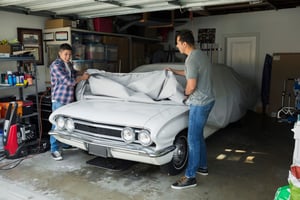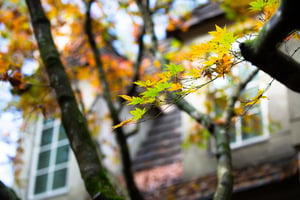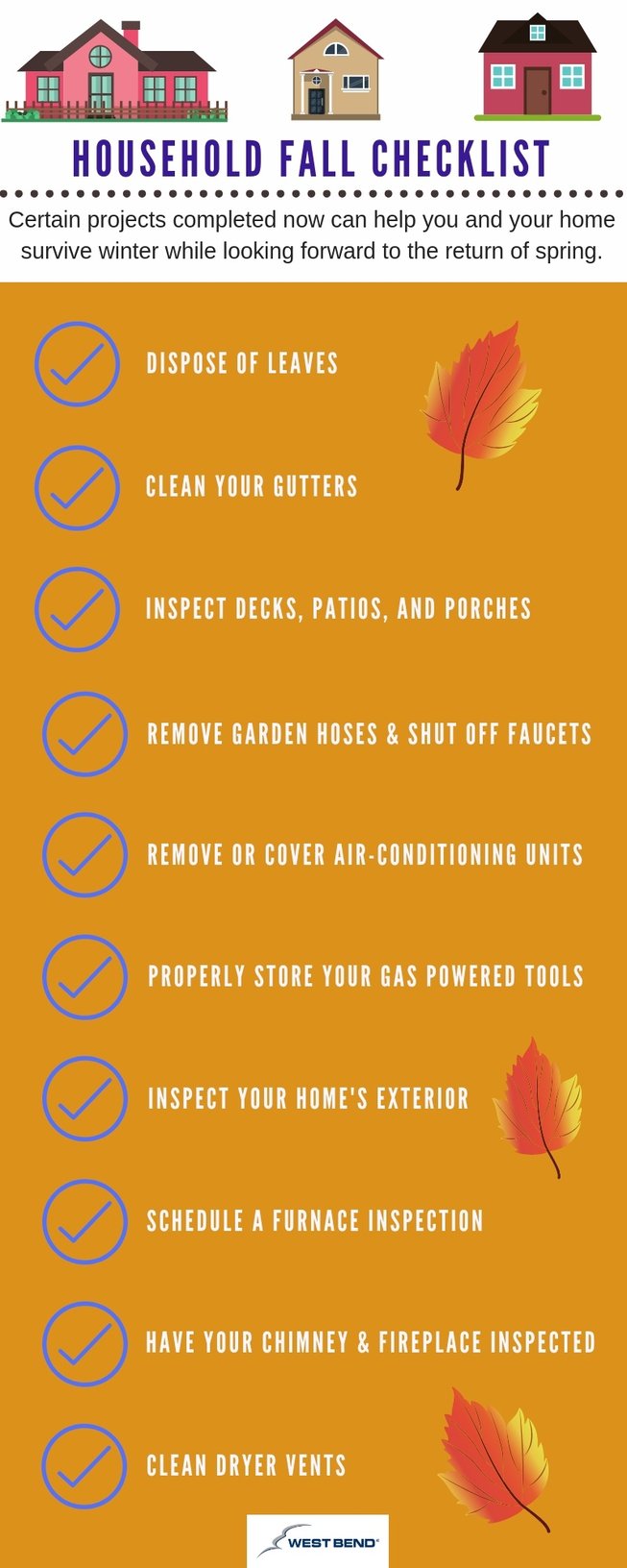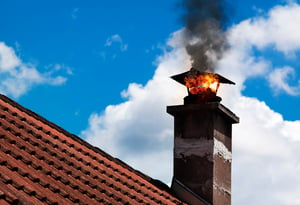
There are plenty of elements to consider when making the decision to buy a home, but those considerations shift slightly if a buyer wants to begin a family in the house. After all, parents with young kids have different needs than a single homebuyer. Here are a few things to think about when choosing a home for your growing family.
Before you begin your house hunt, set your budget and get pre-approval for a mortgage. With the extra expenses homeownership creates, plus the costs associated with a baby — diapers, food, toys, and more — we suggest beginning your home search with a budget well below the maximum of your pre-approval. This will give you breathing room should you and your family need it.
2. How are the schools?
Identify high-ranking school districts and focus your search within those districts. Once your kids are school age, you can rest assured in the knowledge that you’re in the right place. Find everything you need to know about local schools by researching online.
Plus, when it comes time to move again, a house in a top-rated school district may sell quicker and at a higher price than homes in surrounding areas.
3. What’s on your home wish list?
Once you’ve found a few neighborhoods in great school districts, you can begin to narrow your search further with a list of preferences based on your lifestyle. In addition to the more obvious criteria like the number of bedrooms and square footage, consider whether you’d like to sleep close to your kids or if a master on the main floor would work better. Look at storage space, staircases, the backyard, and the layout of the living areas (and if they can be easily baby-gated). If you’re planning on watching your kids grow up in this house, ask yourself if the home meets not only your current needs but your future requirements, too.
You could also look for a property to expand or remodel based on your future family’s needs — for example, one that has a basement you could finish or an attic you could repurpose.
4. Do you like the neighborhood?
Visit the homes on your shortlist to get the whole story about a house and the surrounding area. In addition to a home tour, check out the neighborhood and the road the home is on. If you have time, take a stroll to get a feel for what it would be like to live there. Can you imagine you and your family growing up here — playing with the neighbors, trick-or-treating in the fall, or building forts in the backyard? There’s no right answer, just the right answer for your family.
With these four questions answered, you’ll be well on your way to choosing the home that incorporates all of your needs — now and in the future.
Author Bio: Serena Miller is an Atlanta real estate agent for Owners.com, where the process of buying and selling your home is made simple. Serena enjoys educating homebuyers on what to look for in a home for a future family. When she’s not working tirelessly for her clients, Serena tries new restaurants and travels with her two adult daughters. She also takes care of her home by tackling home improvement projects like tiling and painting.
SOURCE: West Bend, Scott Stueber on Nov 13, 2018 9:38:16 AM
 Recently, my youngest daughter, McKenna, passed her driver’s test. She absolutely loves her newfound freedom. Sometimes, a bit too much! She isn’t afraid to drive anywhere. I’m constantly reminding her that she’s a new driver and that we need to continue working together on developing her driving skills. It’s a fact: teenage drivers account for more auto accidents than any other age group.
Recently, my youngest daughter, McKenna, passed her driver’s test. She absolutely loves her newfound freedom. Sometimes, a bit too much! She isn’t afraid to drive anywhere. I’m constantly reminding her that she’s a new driver and that we need to continue working together on developing her driving skills. It’s a fact: teenage drivers account for more auto accidents than any other age group. Picture this. You’re driving through town in your 1969 Pontiac Firebird and everyone you pass is stopping and staring as you go by. Now if you want them to be staring because your collector car is in impeccable condition and not because your car squeals every time you touch the brakes, please take the time to make sure you’re taking proper care of your investment.
Picture this. You’re driving through town in your 1969 Pontiac Firebird and everyone you pass is stopping and staring as you go by. Now if you want them to be staring because your collector car is in impeccable condition and not because your car squeals every time you touch the brakes, please take the time to make sure you’re taking proper care of your investment. For many, the fall season is a busy time of year. High school, college, and professional sports are in full swing. Kids are participating in homecoming festivities and many families are making trips to their local pumpkin farms. These activities don’t leave much time to get your home projects completed before the snow flies.
For many, the fall season is a busy time of year. High school, college, and professional sports are in full swing. Kids are participating in homecoming festivities and many families are making trips to their local pumpkin farms. These activities don’t leave much time to get your home projects completed before the snow flies.


 As the days get shorter, and the leaves start changing, you may be tempted to light a fire in your wood burning fireplace. While it’s enjoyable to sit and relax by a nice, warm fire, if you haven’t had your chimney inspected or cleaned this year, I would recommend holding off.
As the days get shorter, and the leaves start changing, you may be tempted to light a fire in your wood burning fireplace. While it’s enjoyable to sit and relax by a nice, warm fire, if you haven’t had your chimney inspected or cleaned this year, I would recommend holding off.